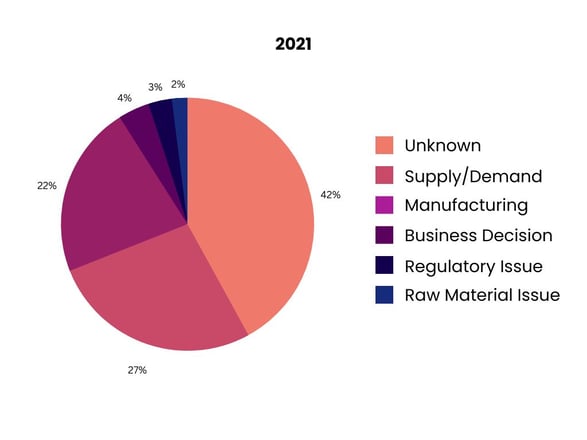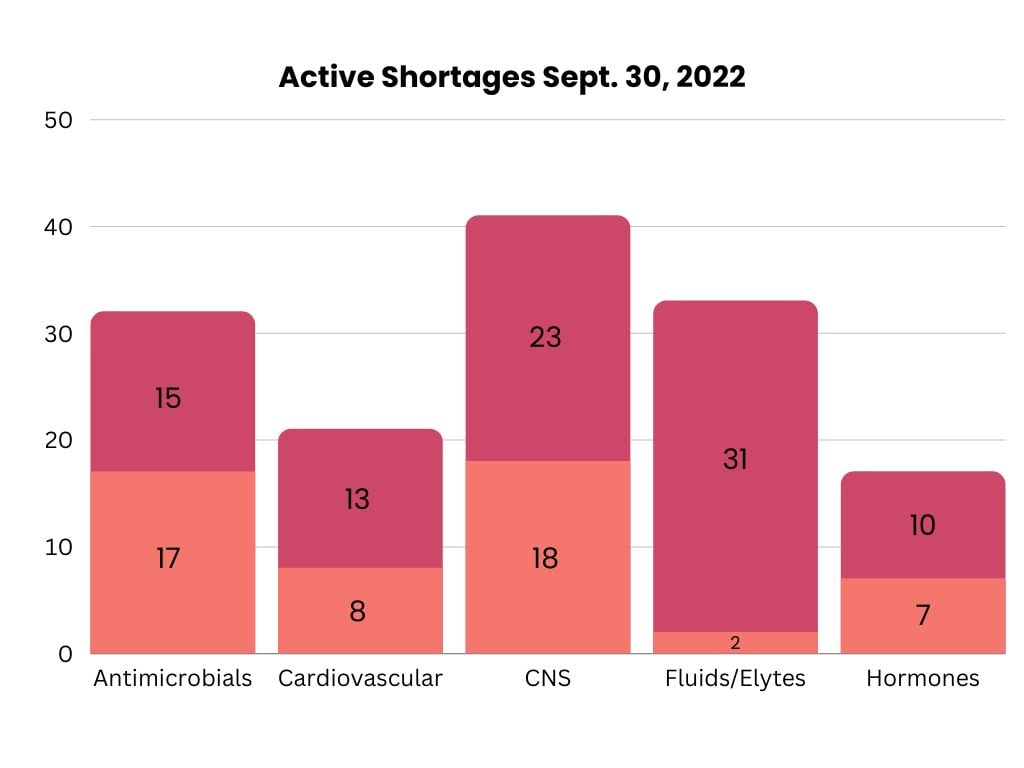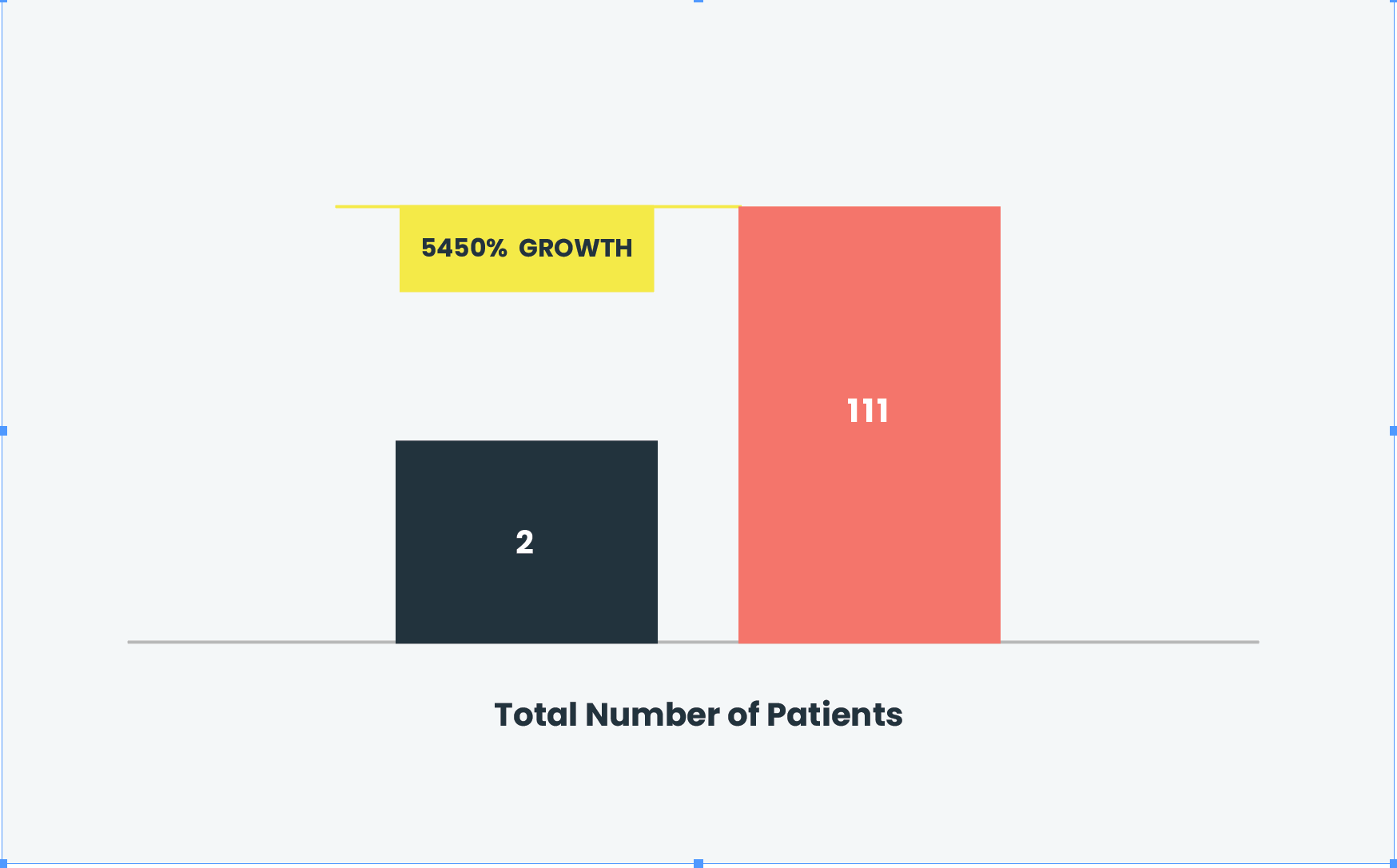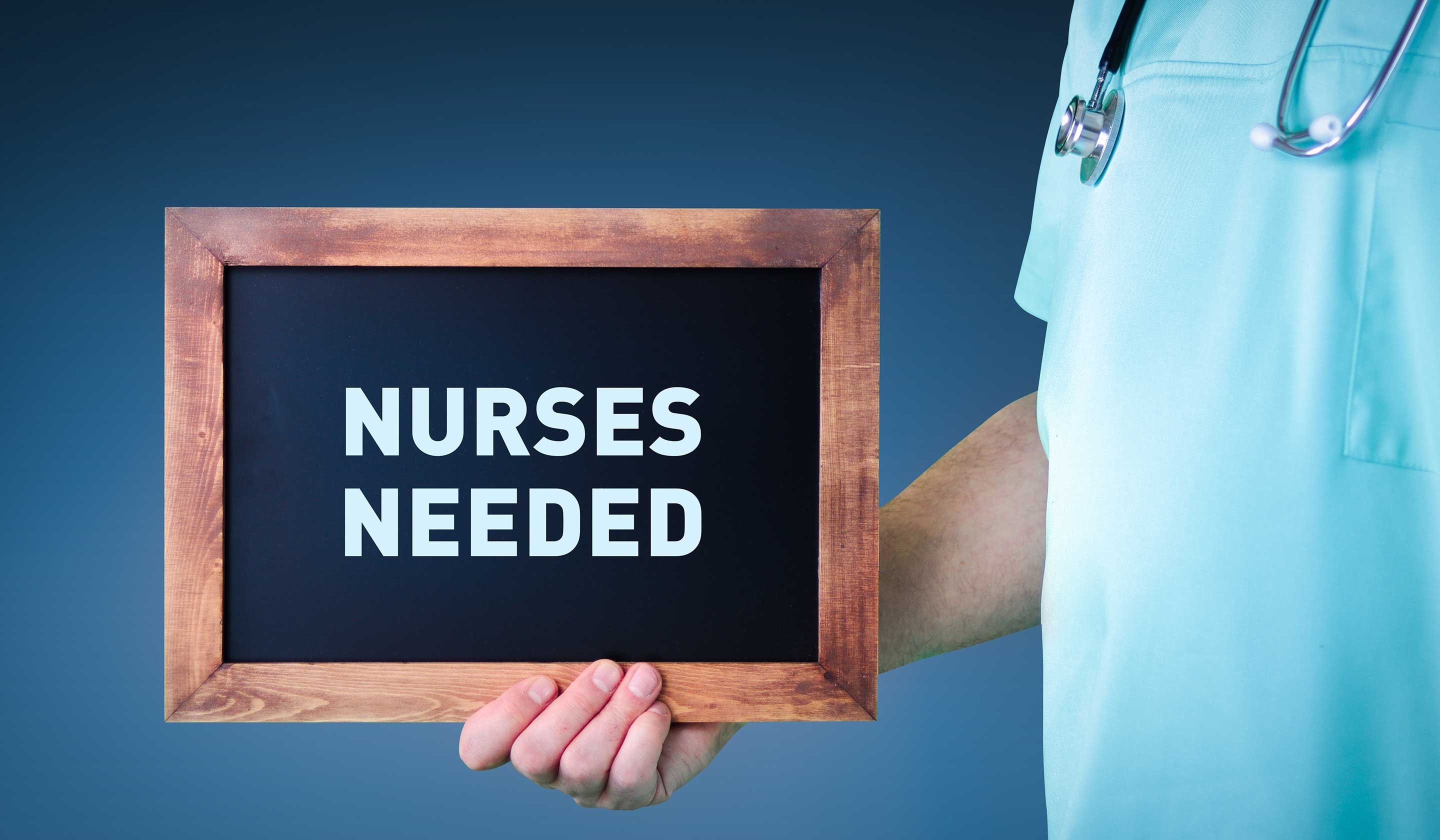Case Study: BetterRX offers a smooth Net Health integration & 40% PPD reduction for this hospice
THE STORY This hospice partner has been a customer since February of 2021. They originally were looking for a new option due to the e-Prescribe...

Currently, and over the last several years, there has been a significant rise in drug shortages.
As defined by the American Society of Health-System Pharmacists (ASHP), “A drug product shortage is defined as a supply issue that affects how the pharmacy prepares or dispenses a drug product or influences patient care when prescribers must use an alternative agent.” 2
Medication shortages = negative ripple effect.
This means that current, and new hospice patients may not be able to get medications they need. Let’s dig into some of the top statistics for current medication shortages.
Shockingly, the highest reported contributing factor for drug shortages? Unknown!
The other top areas for issues came from Supply & Demand, and Manufacturing. Based on this, it’s clear that more time needs to be spent identifying where in the supply chain process issues are happening. This will then allow a more effective way to navigate towards fixing the process.

University of Utah Drug Information Service; Contact: Erin.Fox@hsc.utah.edu, @foxerinr for more information
There has been a significant trend with active drug shortages in the last several years. There has not been a number reported lower than 200 since Q4 of 2017! As you can see from the graph below, the active shortages have remained steady with little signs of slowing down. Some may say that the trends may correlate with overall staff shortages across the board.
.jpg?width=1024&height=768&name=Quarter%20Med%20Shortages%20(1).jpg)
University of Utah Drug Information Service; Contact: Erin.Fox@hsc.utah.edu, @foxerinr for more information
The top class in drug shortages as of 9/22 was Central Nervous System (CNS) depressants. These would be medications to help with treating anxiety, stress, help with sleep and calm muscle spasms. In hospice, opioid therapy is typically administered to help relieve any fears and anxiety that may come towards end-of-life. The most commonly used opioids are hydrocodone, oxycodone, hydromorphone, morphine, fentanyl and methadone.
 University of Utah Drug Information Service; Contact: Erin.Fox@hsc.utah.edu, @foxerinr for more information
University of Utah Drug Information Service; Contact: Erin.Fox@hsc.utah.edu, @foxerinr for more information
One of the best ways to respond to this situation is to be transparent and have a plan in place for alternative therapies that you can provide to patients in need. For a detailed breakdown provided by ASHP, visit here.
Overall, the medication shortage is complex in many ways. There are many factors that play a role in making sure hospices and medical facilities can get what they need for their patients. ASHP has put together a wonderful set of guidelines and tools that may be helpful.
We have PharmD’s that can answer questions and offer alternative therapies if you’re ever dealing with a shortage in a medication you need.
Get in touch with one of our specialists today!
About BetterRX
 BetterRX's mission is to radically change patient care by ending medication delays that cause needless suffering. BetterRX offers efficient ordering technology, medication tracking, real-time PPD & cost alerts, and committed local pharmacies. Learn more about BetterRX, our CRX Platform, Better ePrescribe, and Pharmacy tools.
BetterRX's mission is to radically change patient care by ending medication delays that cause needless suffering. BetterRX offers efficient ordering technology, medication tracking, real-time PPD & cost alerts, and committed local pharmacies. Learn more about BetterRX, our CRX Platform, Better ePrescribe, and Pharmacy tools.
Cited sources:
1 https://hospicenews.com/2022/05/19/medication-shortages-imperil-hospice-access-quality/
2 https://www.ashp.org/drug-shortages/current-shortages/drug-shortages-faqs
3 https://www.ashp.org/drug-shortages/shortage-resources/drug-shortages-statistics

THE STORY This hospice partner has been a customer since February of 2021. They originally were looking for a new option due to the e-Prescribe...

This case study is about a start-up hospice company who switched over to BetterRX, keeping their goal PPD and grew their ADC from 2 to 111 in 3 years.

There are over 4.3 million registered nurses in the healthcare industry today. This includes hospitals, nursing homes, hospice care providers and...